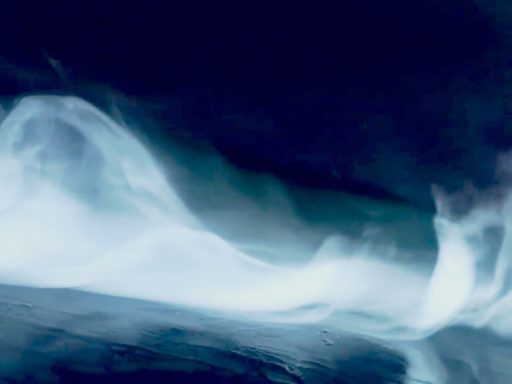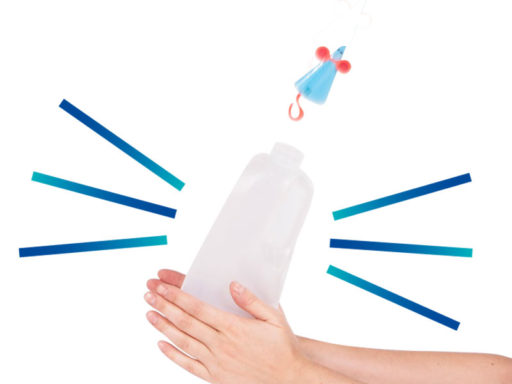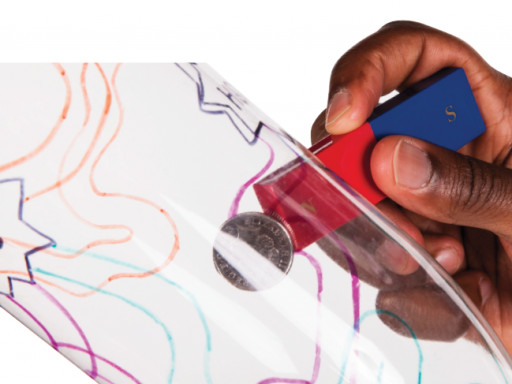This activity uses the Science Museum’s special bubble recipe and ideas about how to create brilliant bubble blowers. There’s also lots to find out about the science of mixtures and materials, and the properties of water. *
Printable downloads
NOTE
This activity can be messy. You’ll need to do the activity somewhere that’s washable, or use bin bags to protect your surfaces. You could do it outside, although even a slight wind can affect the quality of the bubbles you make.
Follow these steps…

Top tip
Glycerine makes the bubbles last longer so you can make big ones. If you can’t get hold of glycerine you can use sugar instead, but your bubbles will be a bit stickier!
-
 Add the glycerine or sugar and the washing-up liquid to the warm water and stir the mixture slowly for a minute or two – this is to help the glycerine dissolve.
Add the glycerine or sugar and the washing-up liquid to the warm water and stir the mixture slowly for a minute or two – this is to help the glycerine dissolve. -
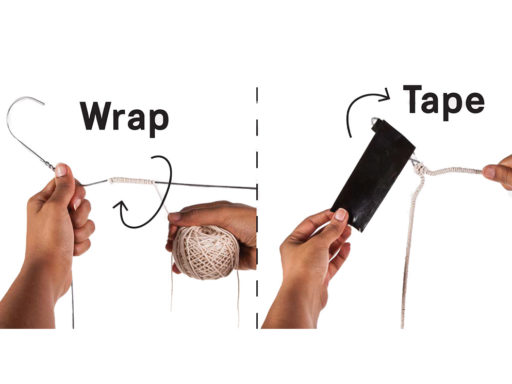 Make a large bubble blower by stretching out a metal coat hanger and wrapping it all the way round with string. Tape the hook to make a handle.
Make a large bubble blower by stretching out a metal coat hanger and wrapping it all the way round with string. Tape the hook to make a handle. -
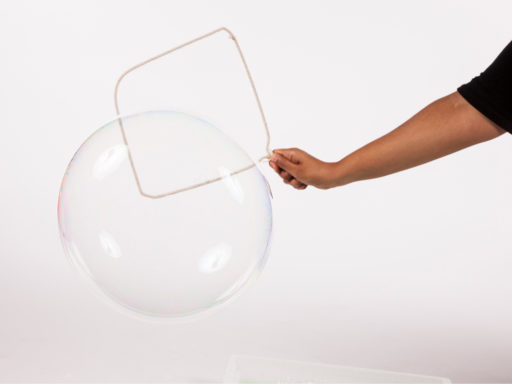 Dip the wand in the bubble mix and blow a bubble!
Dip the wand in the bubble mix and blow a bubble! -
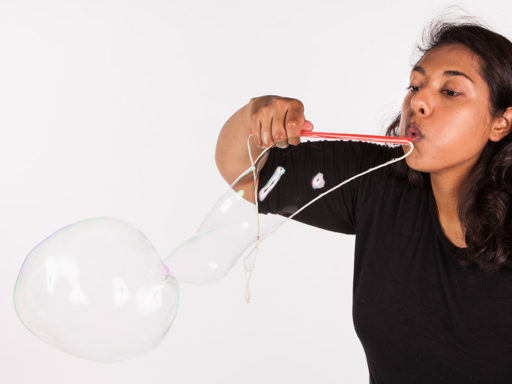 Thread a loop of string through a straw to make a smaller bubble wand.
Thread a loop of string through a straw to make a smaller bubble wand. -
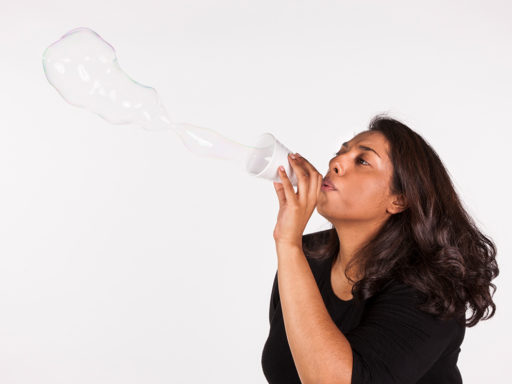 Cut the bottom off a paper cup to make a bubble trumpet.
Cut the bottom off a paper cup to make a bubble trumpet. -
 Cut the bottom off a plastic bottle and stretch a sock over the end, securing with an elastic band. Blow though to make a bubble snake!
Cut the bottom off a plastic bottle and stretch a sock over the end, securing with an elastic band. Blow though to make a bubble snake!
Think and talk about…
How many different things do you notice about the bubbles?
Why do you think the bubbles are round?
What makes them burst?
Investigate…
Can you make a really big bubble?
Can you invent a new type of bubble blower?
Which bubble blower makes the best bubble? What makes it so good?
Did you know?
Soap films are less than a thousandth of a millimetre thick – less than one-fiftieth the diameter of a human hair.
What’s the science?
 A bubble is made of a very thin sheet of soapy water called a soap film. Soap molecules line up on the inside surface and the outside surface, and trap water molecules in-between – like a molecular sandwich.
A bubble is made of a very thin sheet of soapy water called a soap film. Soap molecules line up on the inside surface and the outside surface, and trap water molecules in-between – like a molecular sandwich.
The reason soap molecules do this is that they have one end that is attracted to water molecules and another that is repelled (pushed away) from them. The water slowly evaporates and eventually the soap film will break.
Adding glycerine to the mix makes longer-lasting bubbles because glycerine holds onto water, so it takes longer for the water to evaporate.
Science in your world

The most common use of washing-up liquid is for cleaning dishes. It’s difficult to get greasy dishes clean in pure water, because oil and water don’t mix.
The soap molecules in washing-up liquid make all the difference: as well as being repelled by water, the water-hating end of a soap molecule actually attracts molecules of fat from your food. The water-loving end clings to water molecules that can now wash the fats away.
